
WHO IS THE ANTICHRIST?-
Part 14
The Protestant Reformation was one of the greatest events in world history.
By the mid 1500s this movement had swept throughout Germany, and was advancing through Switzerland, England, France, Austria and many other parts of Europe.
The Reformation was based on the idea of “Sola Scriptura” – the Bible and the Bible only.
Through a study of the Scriptures, the Reformers discovered the refreshing beauty of salvation through faith instead of works.
Prophecy also became a keen focus of study.
As the Reformers investigated the books of Daniel and Revelation, the subject of the Antichrist captured their attention.
In their view, it was the leadership of their own church that fulfilled all the criteria for being the Antichrist of prophecy.
This discovery amazed the Reformers because they loved their church so much.
But the Reformers were certain of their conviction, and they became outspoken in their opposition to the Papacy.
Mainstream Christianity had become corrupt.
Church life was a form and tradition instead of a heartfelt experience with Jesus.
Displayed in the Luther museum of Wittenberg is a small book entitled Passions of Christ and Antichrist.
In this satirical book, the artist Lucas Cranach compares the actions of Jesus Christ with the actions of the Pope of Rome.
To illustrate: Cranach sketched on one side of a page Jesus washing the disciples’ feet.
On the other side of the page was the Pope holding out his toe to be kissed.
On another page Cranach sketched Jesus driving out the money changers from the temple.
He then comparedthis to the Pope sitting with his bishops counting his vast piles of wealth, gained at the expense of the poor.

Martin Luther considered this a very good book for the average church member.
Art had the ability to effectively communicate to both the scholars and peasants of Europe.
For many years, virtually every Protestant church publicly held the same conviction regarding the Antichrist.
This conviction was held at the risk of death.
The Westminster Confession states,
“There is no other head of the church but the Lord Jesus Christ: nor can the Pope of Rome in any sense be head thereof; but is that Antichrist, that man of sin and son of perdition, that exalts himself in the church against Christ and all that is called God” (Chapter 25, art.6).
Is there any validity to the claims of the Reformers?
Is it even “Christian” to call other “Christians” an Antichrist?
Why does Bible prophecy use such graphic and negative terms and images?
What is the relevance of the Antichrist prophecy for today?
In this study guide, in an attitude of humility and prayer, we will test the claims of the Reformers by using the clear identifying marks from the Bible.
Also, we will apply the principles of this prophecy, to help us grow in our daily relationship with Jesus.

Q1 – HOW CAN WE DISCOVER AND UNDERSTAND BIBLE TRUTH?
These were more fair-minded than those in Thessalonica, in that they received the word with all readiness, and searched the Scriptures daily to find out whether these things were so. Acts 17.11
It is vital that any new truth be tested by a study of the Scriptures.
Private speculations and interpretations will never unlock the secrets of prophecy.
We need to handle the Scriptures carefully and prayerfully, looking at passages in their context and comparing Scripture with Scripture.
Only a daily relationship with Jesus and a prayerful study of His Word will enable us to discover the truth.

Q2 – WHY DOES BIBLE PROPHECY USE SUCH GRAPHIC AND NEGATIVE TERMS TO DESCRIBE CERTAIN GLOBAL POWERS?
As many as I love, I rebuke and chasten. Therefore be zealous and repent Revelation 3.19

The Bible reveals the good and bad of political leaders, nations and religions.
The uncensored history and future of characters and events provide graphic details of evil and personal sin.
We can learn from past mistakes and avoid future dangers.
Within the Bible God has been particularly passionate in his warnings of apostasy within His chosen people.
God is so strong in His language, because He is so strong in His love.
Throughout this series we see God pointing out faults in the Jewish and Christian faiths alike; whether Protestant or Catholic.
God has His people in all religions.
His genuine followers (of all faiths) will see the dangers and be obedient to His call for a return to the original faith of the Scriptures.
Identifying the Antichrist
Q3 – WHAT ARE THE IDENTIFYING MARKS OF THE ANTICHRIST?
Bible prophecy gives a significant number of clear characteristics to help us identify the Antichrist.
To illustrate.
Just imagine you were asked by a friend to pick someone up from the airport.
You have never met this person.
The first thing you want to know is how to recognise him (or her). After all, there will be hundreds of people coming off the plane.
“Oh that’s easy,” says your friend. “You see; he will be wearing a pink suit, a bright yellow tie and one high heel shoe.
He will have purple hair.
He is 80 years of age and only has one leg.”
Do you think you would miss him?
Now that is an extreme example.
But in a similar way, God gives a number of very clear identifying marks for the key players in prophecy.
This includes the Antichrist.

In our previous study guide (Who is the Antichrist? Part 1) we highlighted the following characteristics from Daniel 7.
Clue 1 – It arises from Western Europe
Clue 2 – It is a “little” kingdom
Clue 3 – It arises after the 10 tribes of Europe were established
Clue 4 – It overcomes three political powers as it rises to prominence
Clue 5 – It is different from the other 10 powers
Clue 6 – It would have a man at its head who speaks for it
Clue 7 – It would speak blasphemies against God
Clue 8 – It would persecute God’s people
Clue 9 – It would be in power for 1,260 years
Clue 10 – This power would attempt to change times and the law
Q4 – WHO IS THE ANTICHRIST POWER OF DANIEL CHAPTER 7?

When the Protestant Reformers studied the book of Daniel, they pinpointed the Roman Papacy as the “little horn” power.
These earnest individuals were not trying to criticise their fellow believers (many of them were still Catholic priests).
They were simply studying the messages of love and correction provided by God in the prophecies of the Scriptures.
We will now take a look at the evidence and see if the Roman Papacy matches the clues provided in the prophecy.
Clue 1 – It arises from Western Europe
Antichrist Fact 1 – The Papacy arose from Western Europe
The home or “seat” of the Papacy is Rome, Italy –
right in the heart of Western Europe.

Clue 2 – It is a “little” kingdom
Antichrist Fact 2 – The Vatican is a “little” nation
The Vatican is a very small independent kingdom within Europe.
The entire kingdom is located on just over 40 hectares (108 acres) of land.
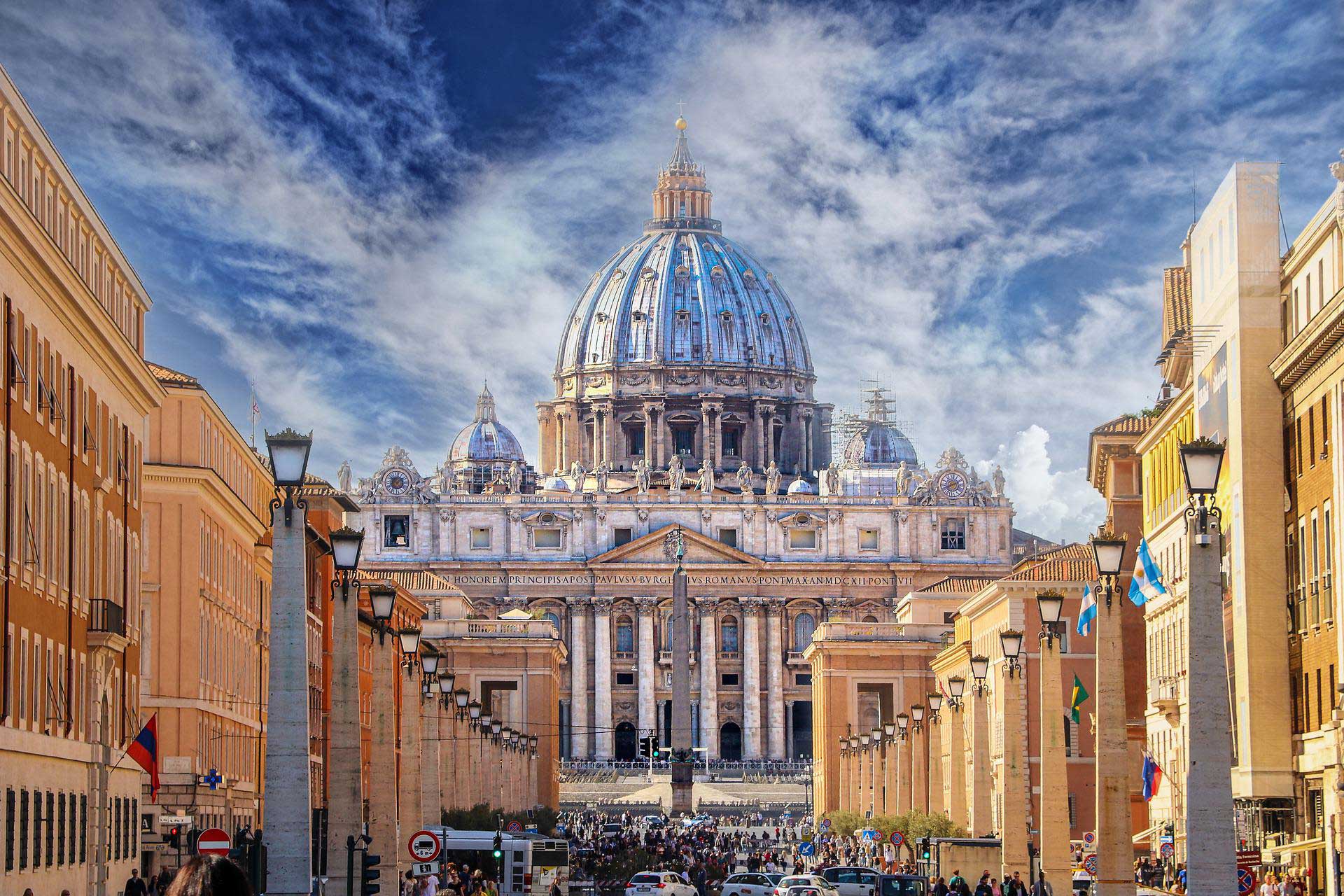
Clue 3 – It arises after the 10 tribes of Europe were established
Antichrist Fact 3 – The Papacy rose to political power in 538AD
The 10 kingdoms were established by 476AD.
The Papacy received its major political power once it overthrew the Arian Ostrogoths at Rome in 538AD.

Clue 4 – It overcomes three political powers as it rises to prominence
Antichrist Fact 4 – The Papacy “uprooted” three tribes – the Vandals, Heruli and Ostrogoths
The 10 kingdoms were established by 476AD.
Over time most of the 10 kingdoms of Europe adopted Roman Christianity.
However, three of these kingdoms opposed Rome and refused to cooperate.
These three powers were defeated by Catholic emperors – the Heruli (493AD), the Vandals (534AD) and the Ostrogoths (538AD).
All three kingdoms were “plucked out by the roots” – they have disappeared from Europe.

Clue 5 – It is different from the other 10 powers
Antichrist Fact 5 – The Papacy is a religious power
The Papacy is different from all other powers in terms of being a religious power.
A church controlling politics was certainly “different from the first ones” (Daniel 7:24).
They were secular governments.
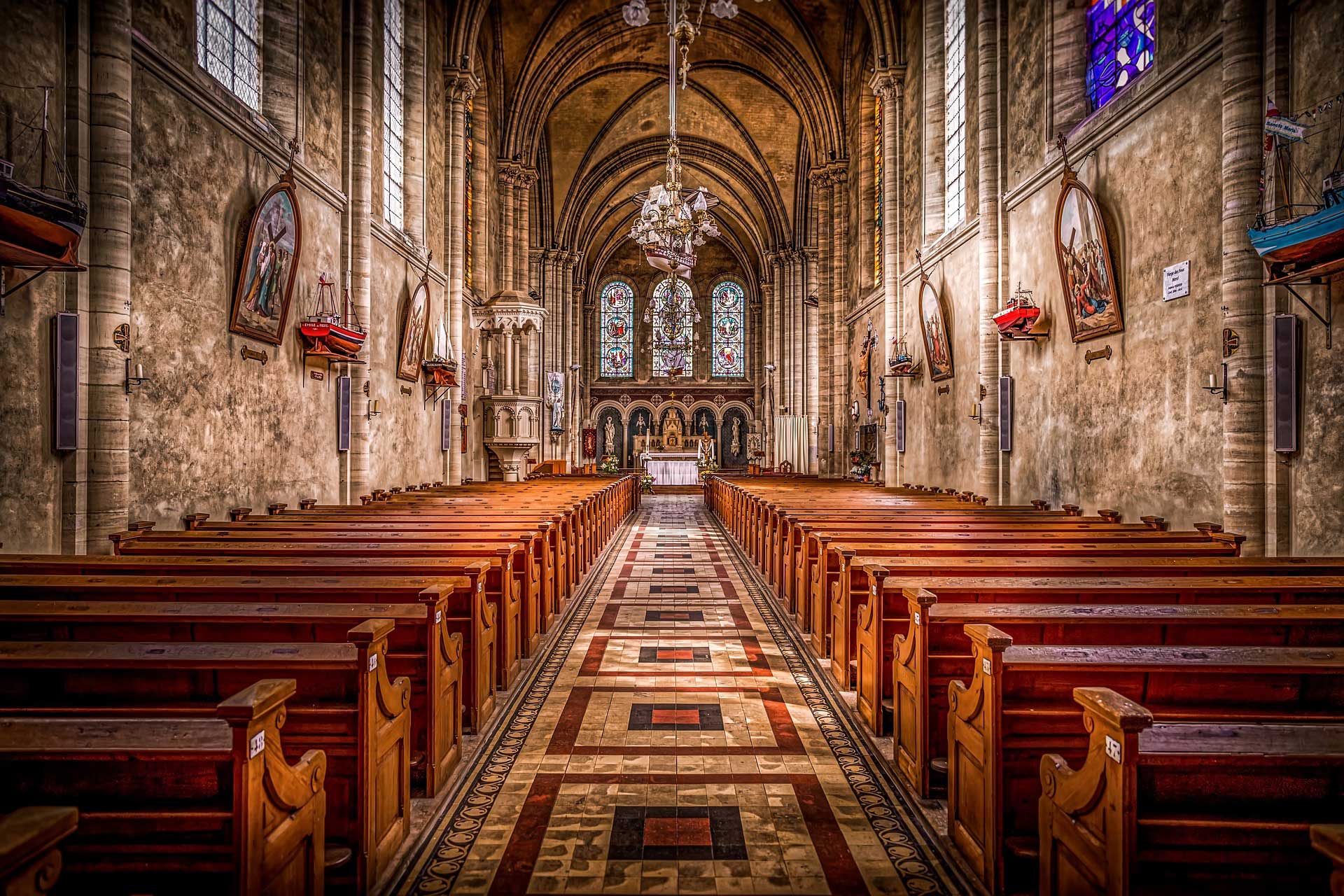
Clue 6 – It would have a man at its head who speaks for it
The Papacy has one man at the head.
The Papacy is not a democratic government; the Pope is the ultimate authority who speaks for the church.

Clue 7 – It would speak blasphemies against God
Antichrist Fact 7 – The Pope claims to be “God on earth”
According to the Bible, blasphemy is either claiming to forgive sins (Luke 5:21) or claiming to be God (John 10:33). The Papacy claims both.
In 1870 the Vatican Council declared that the Pope was infallible whenever speaking from his position of authority.
Notice these interesting quotes:
“We (the popes) hold upon this earth the place of God Almighty” (The Great Encyclical Letters of Leo, XIII, p304).
“The Pope is not only the representative of Jesus Christ, but he is Jesus Christ, Himself, hidden under the veil of flesh” (Catholic National, July 1895).
‘Thus the priest may, in a certain manner be called the creator of the Creator, since by saying these words of consecration, he creates as it were, Jesus in the sacrament” (Duties & Dignities of the Priest, St Alphonsus De Ligouri, p27).
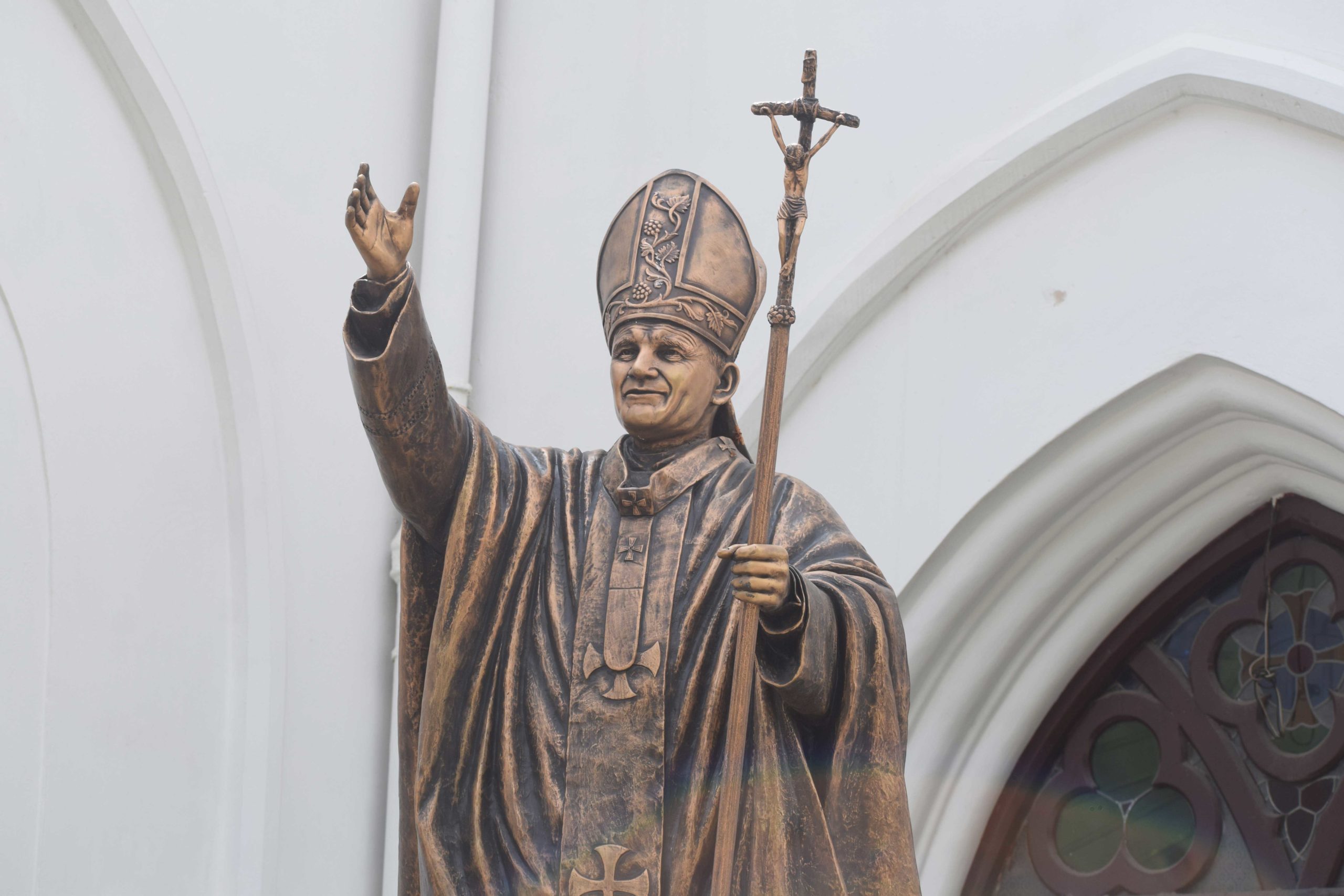
Clue 8 – It would persecute God’s people
Antichrist Fact 8 – The Papacy has persecuted and killed millions of people
During the Dark Ages, the Church of Rome killed more people than what Hitler did during WWII.
Conservative estimates place the killings at 50 million people with some experts placing the figure closer to 150 million deaths.
Millions of people were burnt at the stake for “heresy” when they were simply following the truths of the Scripture instead of the dictates and traditions of the church.

Clue 9 – It would be in power for 1,260 years
Antichrist Fact 9 – The Papacy ruled for 1,260 years
The Papacy gained ultimate power in 538AD when the final opposition, the Ostrogoths were defeated.
The church then ruled for 1,260 years until Pope Pius VI was taken captive by Napoleon’s general, Berthier.
The Pope was stripped of his political powers.
Just as the prophecy predicted, the Antichrist received a “deadly wound” in 1798, ending the power of the Papacy.
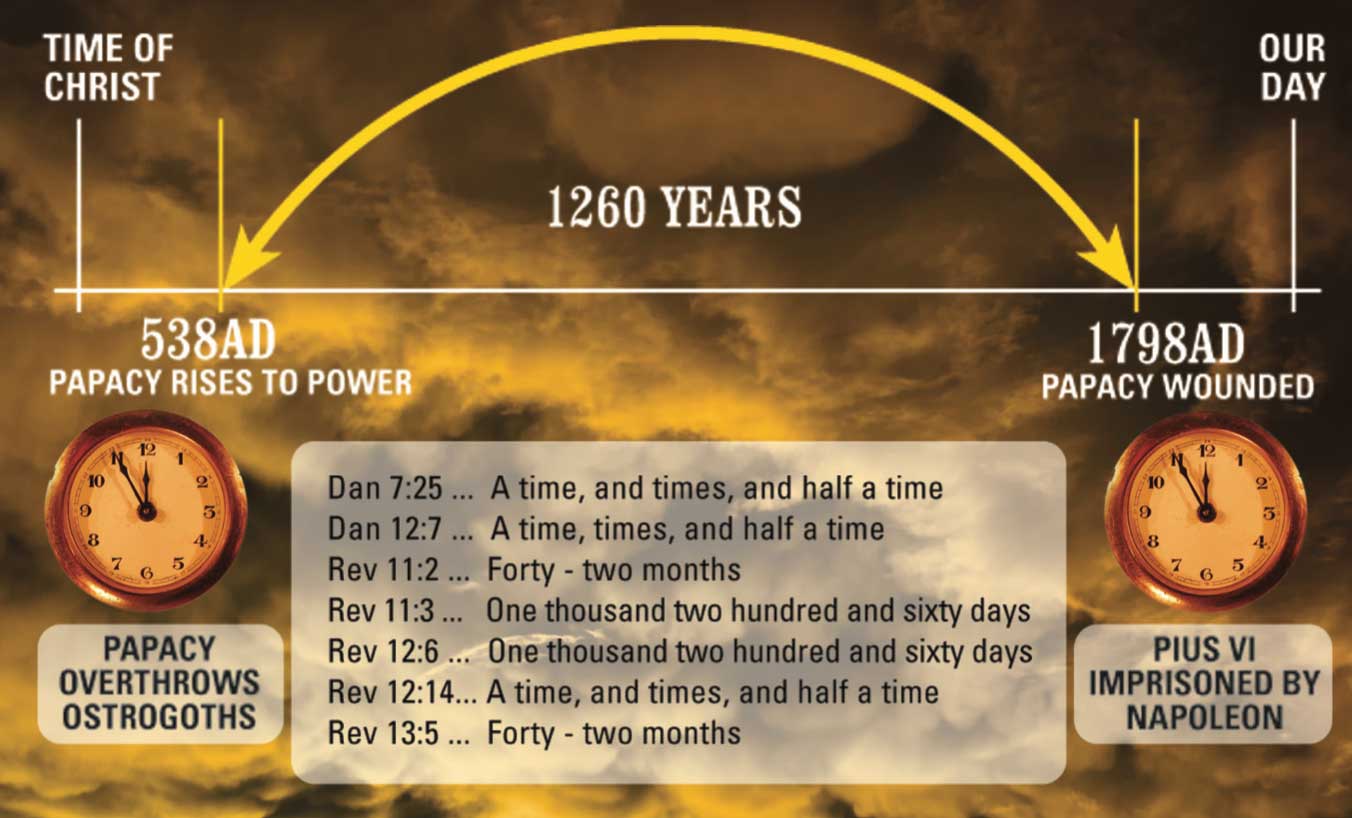
Clue 10 – This power would attempt to change times and the law
Antichrist Fact 10 – The Papacy attempted to change God’s law, the Ten Commandments
In an amazing fulfilment of prophecy the Papacy attempted to change God’s law.
Firstly, the Catholic catechisms have shortened the Sabbath Commandment from nearly 100 words to just eight.
They also removed the Second Commandment completely.
This Commandment forbids worship of images and idols. T
hey then split the 10th Commandment into two.
Along with this, the church claims to have changed the Sabbath to Sunday (the Sabbath is the only Commandment associated with “times”).
Any attempt to change the law of God is blasphemy.
The Roman Papacy fits all the clues perfectly.
No other power in history or the future could possibly fit all the clues that the prophecy of Daniel 7 has provided.
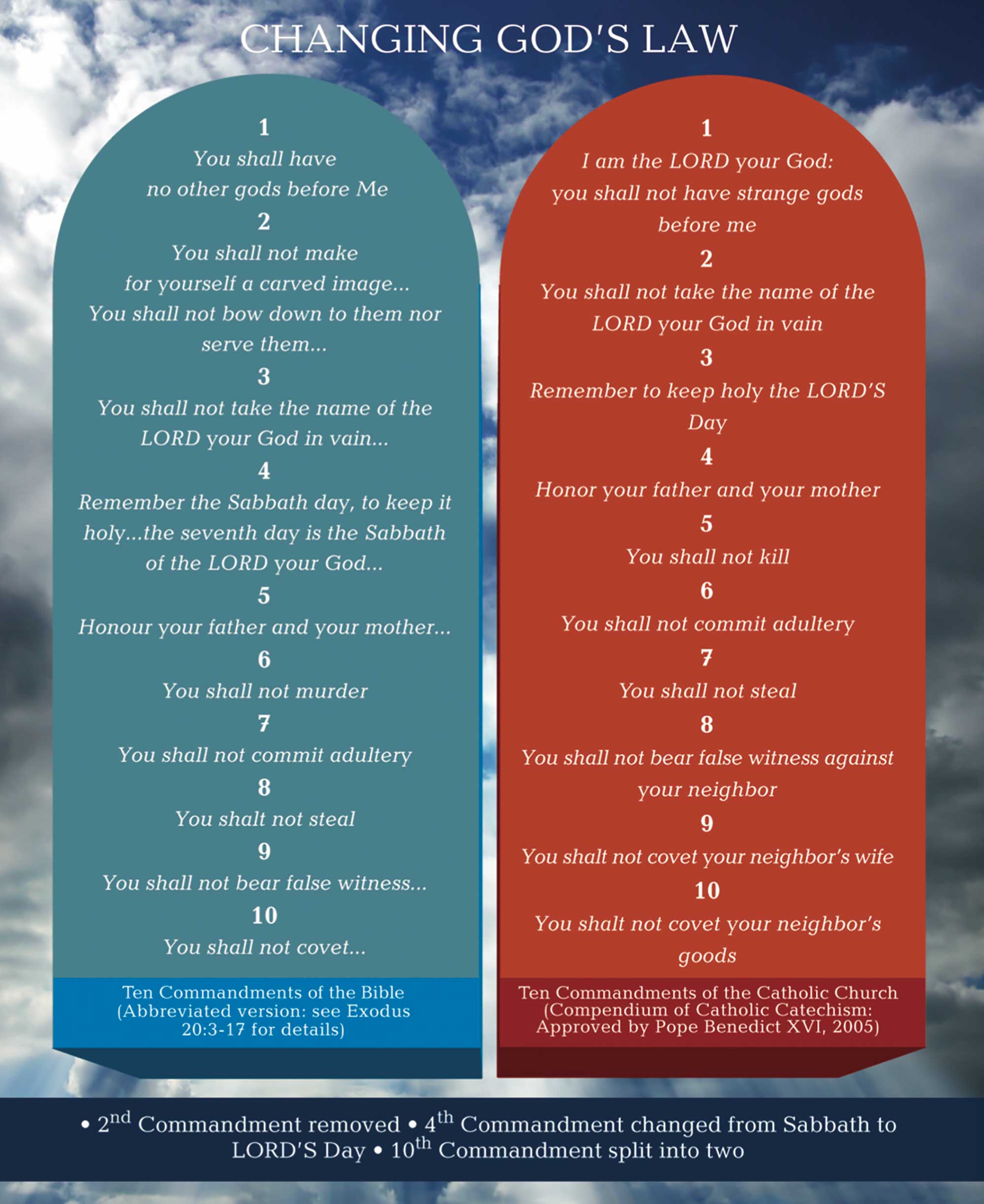
Q5 -WHAT WAS THE CHURCH’S RESPONSE TO THE REFORMATION?
The Roman Church was deeply concerned about the Reformation.
They had the Muslims fighting them from without and the Protestants fighting them from within.
Church leaders held a series of meetings in the Northern Italian city of Trent designed to develop initiatives to “counter” the Reformation.
One of the key points of discussion related to the authority of the Bible over church practice and tradition.
The Archbishop of Reggio gave a speech at Trent claiming that Protestants also believe in the authority of the church and tradition.
The Archbishop pointed to the fact that the Protestants were keeping Sunday, a day made by church authority and tradition.
He claimed Sunday was certainly not a day of worship based on the Bible.
“The Sabbath, the most glorious day in the law, has been changed into the Lord’s day. . . . These and other similar matters have not ceased by virtue of Christ’s teaching (for He says He has come to fulfil the law, not to destroy it), but they have been changed by the authority of the church.”Gaspare [Ricciulli] de Fosso (Archbishop of Reggio), Address in the 17th Session of the Council of Trent, Jan. 18, 1562
This gave the church great courage and confidence in their basis for faith. They knew the Protestants had a weak link to their theology.
The Council then turned to the issue of the Antichrist. This was their Achilles heel.
The Reformers saw Bible prophecy like a road map of time. Prophecy outlines the future from the time of the vision through to the end of time.
The Reformers knew from the book of Daniel that many of the great empires had come and gone. They then pinpointed their time in Bible prophecy, and identified the Pope as the Antichrist..
Q6 – SO WHAT DID THE CHURCH DO TO COUNTER THIS APPROACH TO BIBLE PROPHECY?
The Jesuit Order suggested two alternative views on prophecy. A Spaniard by the name of Alcazar claimed all the prophecies of Daniel and Revelation relate to the Jews and pagan Rome.
By applying all the prophecies to the past, this approach, called “preterism”, resulted in the Middle Ages church escaping all references in prophecy.
The other approach was put forward by another Spaniard, Francisco Ribera. Ribera published a 500-page commentary on Bible prophecy applying the early parts of Revelation to pagan Rome, and all the later parts to a period way off in the future.
This “futurist” approach was supported by another Jesuit by the name of Robert Bellarmine.
Bellarmine focused his attack on the Protestant approach to the year day principle of Bible prophecy.
He said that the Antichrist was a Jew who would rule for 3 1⁄2 literal years at the end of time.
These Jesuits took the 1,260 days of Antichrist rule and made it jump right over the top of the Dark Ages into a last day context.
Once again, the Pope and the church were now cleared of any association with the Antichrist or Bible prophecy.
Unfortunately, many Christians today believe in one of these two views.
Q7 -WILL THE ANTICHRIST POWER TAKE PART IN THE EVENTS OF THE LAST DAYS?
And I saw one of his heads as if it had been mortally wounded, and his deadly wound was healed. And all the world marveled and followed the beast. Revelation 13:3
The Papacy received its deadly wound when the Pope was taken captive in 1798.
The prophet John then saw a time when this wound would heal. The power of the Antichrist will return.
John saw “all the world marveled and followed the beast”.
The role and influence of the Papacy in last day events will be discussed in the study guide “The Final Superpower”..

Q8 – HOW SHOULD WE APPLY THE PRINCIPLES OF THE REFORMATION TO OUR LIFE TODAY?
But the path of the just is like the shining sun, That shines ever brighter unto the perfect day. Proverbs 4:18
The Christian life is a growth experience. Just as the Reformers grew in their knowledge of truth and love for Jesus, we need to grow every day also.
We shouldn’t be content with the truth we have.
We need to be studying the Scriptures and learning more about Jesus and His love.
As we apply what we learn from the Bible, our own lives experience a personal revival and reformation.
We love Jesus more, and demonstrate His love to others. We learn to hate sin and love doing right.
Over time God will put such a love for truth in our hearts and we become willing to die rather than dishonour God.
It is vital when presenting strong truths such as the Antichrist, that we do not display a spirit of Antichrist.
We need to be humble, loving and Christ focused. Not dwelling on the faults of others, we need to uplift Christ. It is vital that we know this prophecy because it protects us from areas of deception.
But knowing the identity of the Antichrist will not save us. Knowing the person of Christ will.
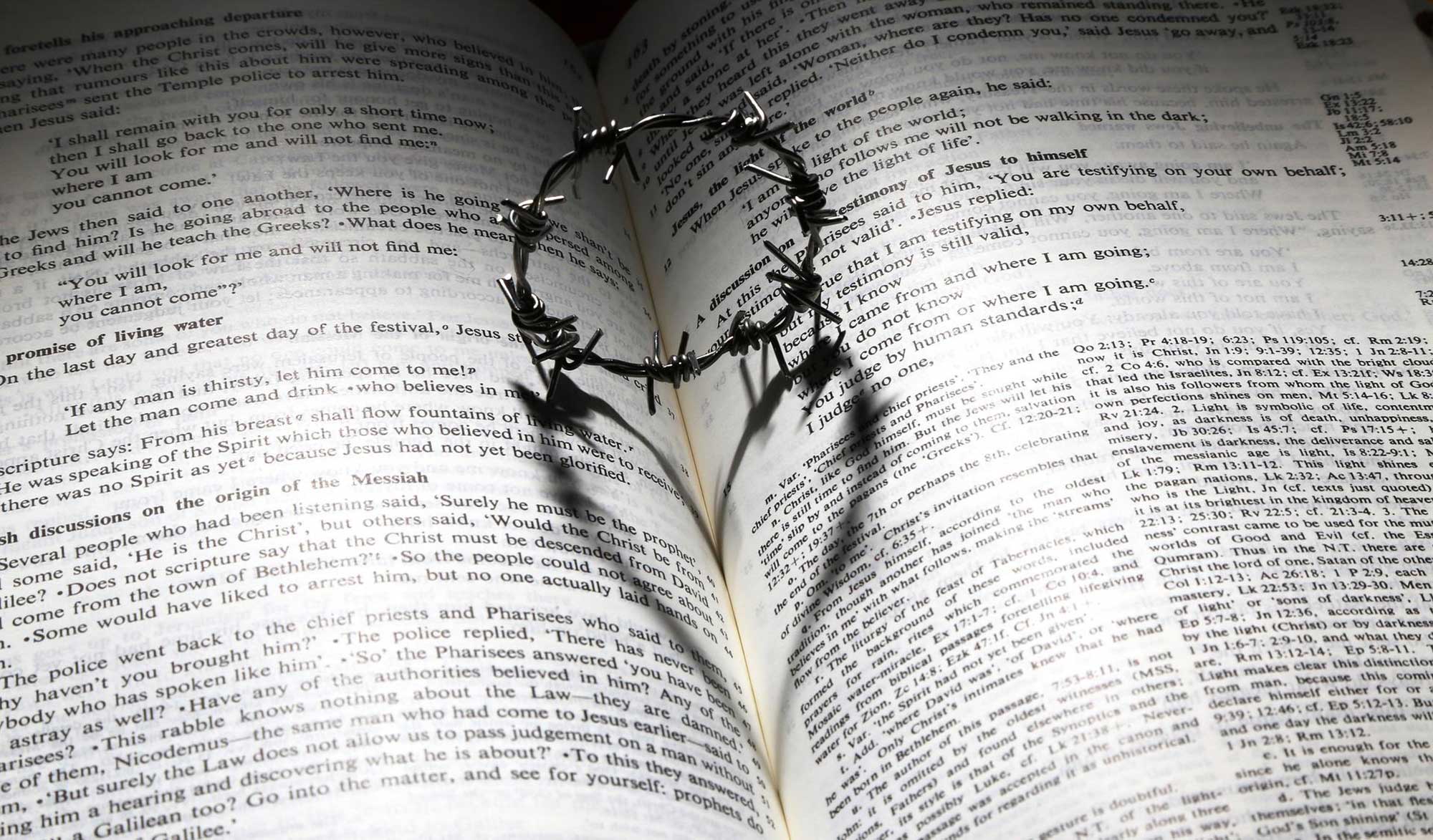
Three points to remember:
•The Protestant believers understood prophecy as a “roadmap of time”
••The evidence of the Roman church in history fulfils the Biblical marks of the Antichrist
••• We need to demonstrate the Spirit of Christ when dealing with sensitive prophecies
The Story:
When Martin Luther stood for truth, he did so relying on Jesus.
Luther prayed literally for hours each day and studied the Scriptures humbly and earnestly.
But Luther faced great opposition. The Pope’s ambassador, Aleander, said of Luther, “In Luther’s errors there is enough to warrant the burning of a hundred thousand heretics”.
When summonsed to face trial at Worms, Luther’s friends warned him not to go.
Luther responded, “I would go to Worms if there were as many devils there as tiles on the roofs; if Huss had been burnt, the truth had not been burnt with him. I will not fear 10,000 popes; for who is with me is greater than he who is in the world.”
When Luther faced the trial he stood before his prosecutors and delivered a powerful two-hour speech. He defended his writings, constantly referring back to the Scriptures.
After two hours of preaching, Luther was stopped by the emperor and asked to just give it to them straight.
“Will you retract or not – give me a yes or no!”
Luther then made his famous statement,
“Since your Imperial Majesty requires a plain answer I will give one without horns or hoof! It is this: that I must be convinced either by testimony of Scripture or by clear arguments.
I cannot trust the Pope or councils by themselves, since it is as clear as daylight that they have not only erred but contradicted themselves.
I am bound by the Scriptures which I have quoted, my conscience is thirled to the Word of God.
I may not and will not recant, because to act against conscience is neither honest or safe. I can do nothing else; here I stand; so help me God! Amen.”
What does it take to stand for God like Luther did?
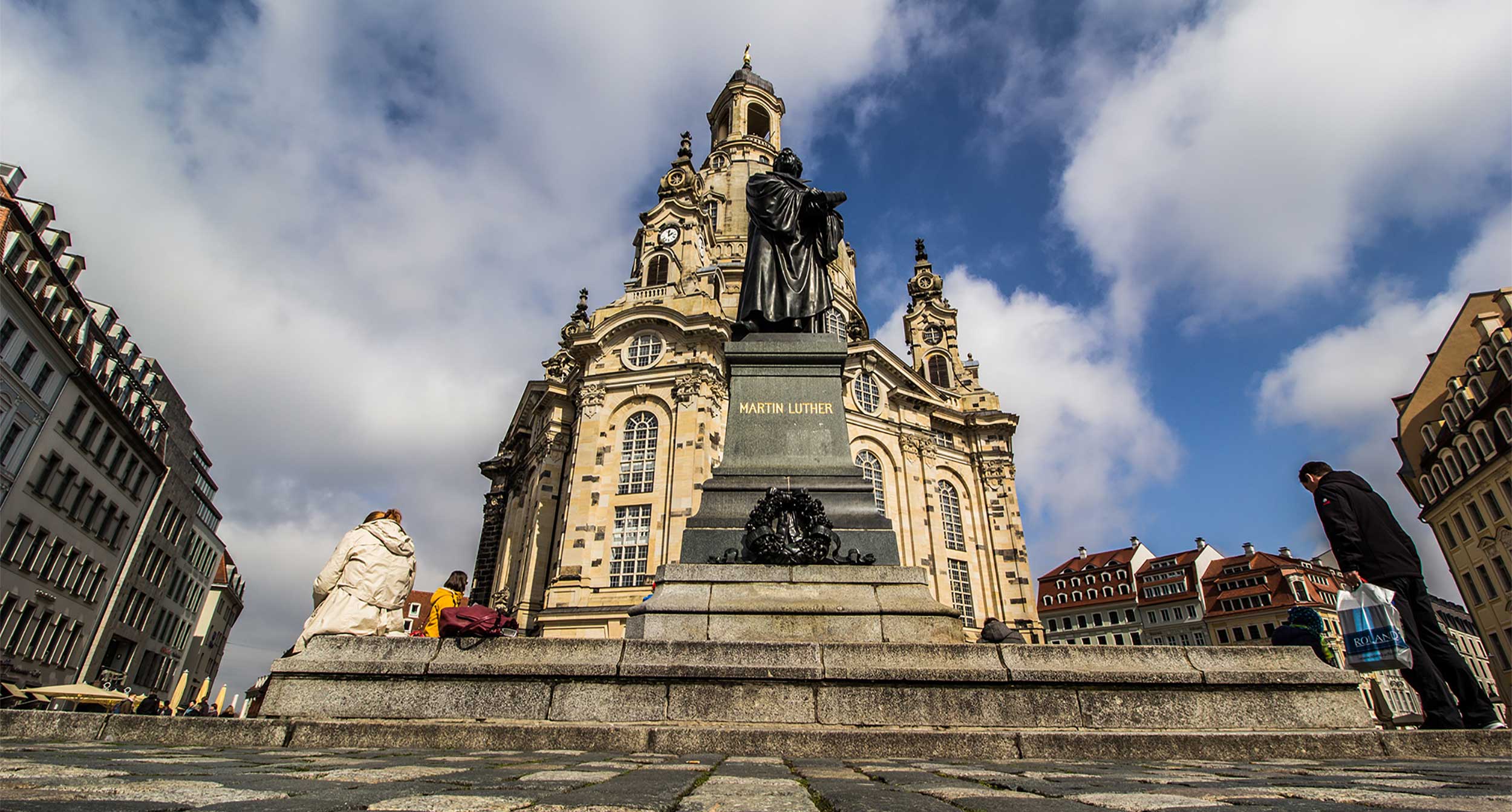
Relational questions
1. How do you demonstrate to people with a different view to you that you love and accept them?
2. What would you say to someone who says that this is just “an interpretation” of the Antichrist?
3. How would you answer the objection that Bible prophecy has no right to judge an individual or religious entity?
Your response:
Are you willing to follow Jesus wherever He leads, even if you face opposition for your faith?
